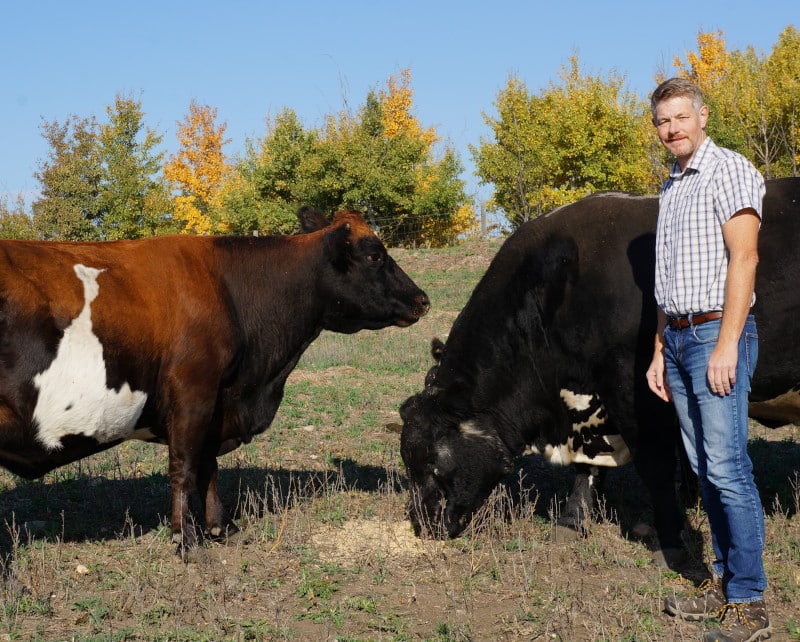Every processing plant begins with a vision in someone’s head. It’s my job to take that vision and turn it into reality. Every seed plant I design is made possible through a software program I invented called RodCAD.
It’s not a real software program that runs on an actual computer. It’s a program that runs in my head. As you might know, CAD stands for Computer-Aided Design, and RodCAD is like a database in my mind that contains all the tips, tricks and design experiences/ideas I’ve accumulated over the years from people I’ve worked with across Canada.
We all have a similar imaginary software program in our heads for a variety of tasks, and we use it all the time whether we realize it or not.
Usually, what I do with a customer is say, “OK, let’s follow a seed from when you receive it and follow each step from there. Which piece of equipment does the seed go through first and why, and then how many steps are involved after that until you have a finished product?”
There’s no one-size-fits-all approach that works for everyone. Every plant and every person are different. What I’ve been able to do is use my expertise (in the form of RodCAD) to tease out a customer’s preferences and work with them to build a state-of-the-art plant that meets all their needs.
A colleague and I were able to take the insights I’d gained from using RodCAD and build four 3D models for various plant configurations that meet most general needs. The power of the human mind combined with actual Computer-Assisted Design technology allows us to provide customizable “kits” that make it easy for the customers to get exactly what they need.
Whether it’s for cleaning alfalfa or wheat or soybeans or what have you, it’s a very repeatable process. It’s an absolute proven system to make perfect quality seed and food. We start with RodCAD, turn that into reality, and in the end, they have the plant of their dreams. For Canadian seed, grain, and food, it’s a system that works









